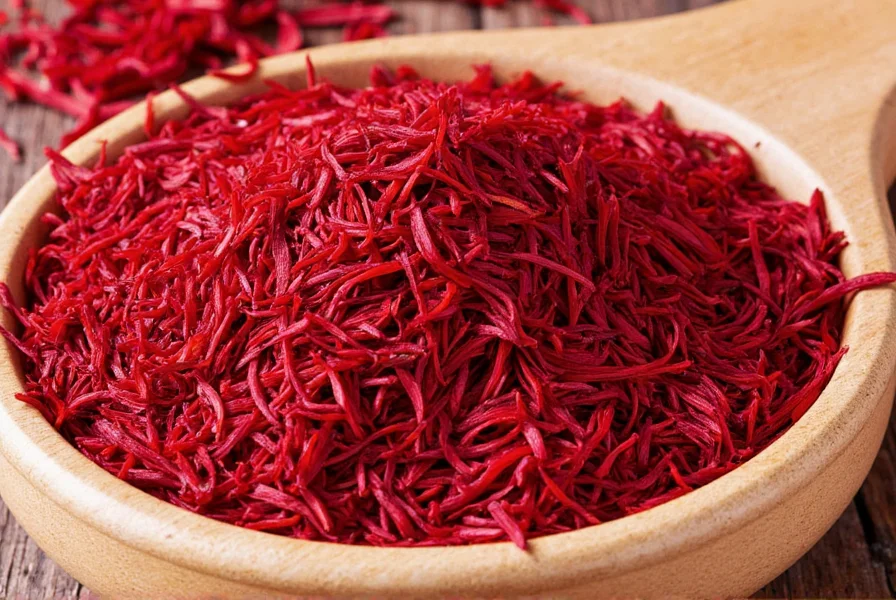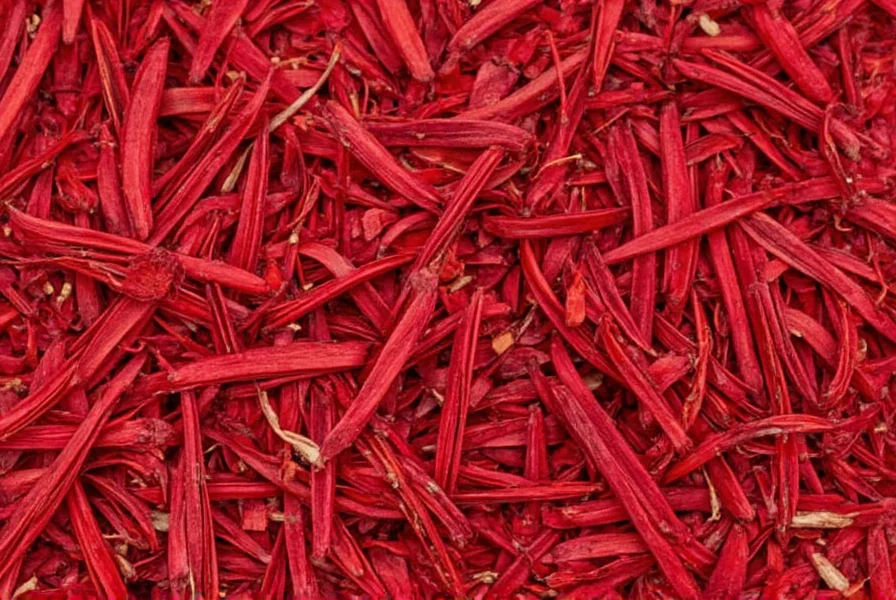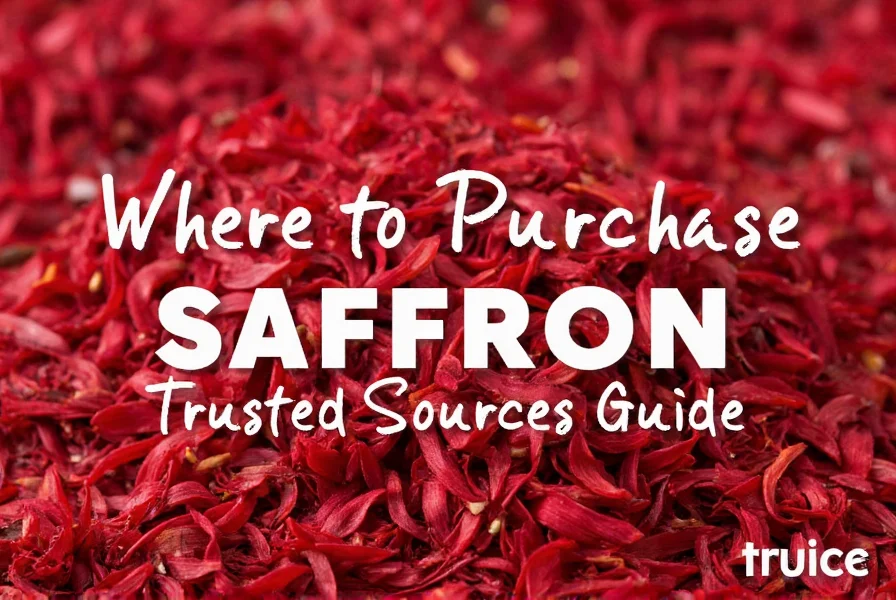When searching for where to purchase saffron, understanding the different purchasing channels and quality indicators is essential for getting authentic, high-grade product. Saffron remains one of the world's most expensive spices by weight, making it particularly vulnerable to adulteration and counterfeit products. This guide provides objective information about where to buy saffron while helping you identify genuine, high-quality options regardless of your location.
Understanding Saffron Quality Before You Purchase
Before exploring where to purchase saffron, familiarize yourself with quality indicators. Genuine saffron consists of the dried stigmas of Crocus sativus flowers. High-quality saffron features:
- Bright crimson red threads with orange tips
- Distinctive floral aroma
- Ability to color water yellow without dissolving completely
- Packaging showing ISO 3632 certification for quality grading
Avoid products labeled as “saffron powder” unless from a highly reputable source, as this form is most commonly adulterated. Whole threads provide better assurance of authenticity when purchasing saffron.

Specialty Spice Shops: The Traditional Option
Specialty spice retailers remain one of the best places to purchase saffron for several reasons. These establishments typically source directly from producers and maintain proper storage conditions critical for preserving saffron's volatile compounds. When visiting a specialty spice shop:
- Ask about the saffron's origin (Iran produces approximately 90% of the world's supply)
- Request to smell the product (authentic saffron has a distinctive hay-like aroma)
- Inquire about harvest date (fresher saffron provides better flavor)
- Check if they provide quality certification documentation
Reputable spice shops like Penzeys, The Spice House, or local independent retailers often carry premium saffron. While prices may seem high ($10-$20 for 0.5 grams), this reflects the labor-intensive harvesting process requiring approximately 75,000 flowers to produce one pound of saffron.
Online Retailers for Where to Buy Saffron
When searching where to buy saffron online, focus on retailers specializing in premium spices rather than general marketplaces. Consider these factors when evaluating online saffron retailers:
| Factor | What to Look For | Red Flags |
|---|---|---|
| Product Information | Detailed origin, harvest date, and grading information | Vague descriptions like “imported saffron” |
| Packaging | Airtight, opaque containers protecting from light and moisture | Clear plastic bags or containers |
| Price | Realistic pricing reflecting true production costs | Prices significantly lower than market rate |
| Certifications | ISO 3632, organic certification, or other quality verification | No verifiable certifications |
Specialized online retailers like Zaran Saffron, Spice Jungle, or Saffron.com typically provide better quality assurance than general e-commerce platforms. When purchasing saffron online, look for businesses that offer detailed information about their sourcing practices and quality control measures.
International Grocery Stores and Markets
For those searching where can I buy saffron near me, international grocery stores specializing in Middle Eastern, Mediterranean, or South Asian products often carry saffron. Persian, Turkish, or Indian markets typically stock saffron due to its cultural significance in these regions' cuisines.
When purchasing from international markets:
- Look for stores with high product turnover to ensure freshness
- Ask about the specific region of origin within the country
- Check if the saffron is sold in its original importer packaging
- Be prepared to pay premium prices for high-grade saffron
While prices at international markets may be lower than specialty spice shops, quality can vary significantly. This option works best when you can verify the product's appearance and aroma before purchasing.
Direct from Producers and Farmers Markets
For the most transparent purchasing experience, consider buying saffron directly from producers. Some farmers markets feature vendors who import saffron directly or even grow it locally in suitable climates. Additionally, some saffron-producing regions offer direct sales through their websites.
When purchasing saffron directly from producers:
- Ask about their harvesting and processing methods
- Request information about crop yield and labor practices
- Look for transparency about the entire supply chain
- Verify if they provide third-party quality testing results

Price Considerations When Purchasing Saffron
Understanding saffron pricing helps identify authentic products. Genuine saffron costs approximately $5-$10 per 0.1 gram (a pinch), making it the world's most expensive spice. Be wary of deals that seem too good to be true, as they often indicate adulterated product.
When comparing prices across different purchasing channels:
- Calculate cost per gram rather than package price
- Consider that higher grades (like ISO Category I) cost more
- Factor in shipping costs for online purchases
- Remember that small quantities are normal (saffron is used sparingly)
The most expensive saffron isn't always the best for your needs. For everyday cooking, a mid-range saffron may provide the best value, while premium grades work better for special occasions or when saffron is the star ingredient.
Verifying Authenticity After Purchase
Once you've purchased saffron, perform these simple tests to verify authenticity:
- The Water Test: Place a few threads in warm water. Genuine saffron gradually releases a golden-yellow color while maintaining thread integrity.
- The Smell Test: Authentic saffron has a distinctive floral-honey aroma, not musty or chemical smells.
- The Texture Test: Real saffron threads feel slightly moist and pliable, not dry and brittle.
- The Taste Test: A single thread should have a slightly bitter, floral taste (use caution with this test).
If your saffron immediately turns water red or dissolves completely, it's likely adulterated with substitutes like safflower or marigold.
Proper Storage for Maximum Shelf Life
After purchasing saffron, proper storage maintains its quality. Store saffron in an airtight container away from light, heat, and moisture. A small dark glass jar in a cool pantry works better than plastic containers. Properly stored, saffron maintains peak quality for 6-12 months, though it remains usable for up to two years.
Avoid refrigerating saffron unless in extremely humid climates, as moisture exposure degrades quality. For long-term storage, consider dividing larger purchases into smaller portions to minimize air exposure each time you access your supply.
Common Pitfalls When Purchasing Saffron
When searching where to purchase saffron, avoid these common mistakes:
- Buying powdered saffron from unknown sources
- Choosing products based solely on price
- Ignoring harvest dates or origin information
- Purchasing from sellers who can't provide quality documentation
- Buying large quantities without first testing quality
Remember that authentic saffron should never be bright red throughout - the threads should show color variation from red to orange. Uniformly bright red threads often indicate artificial coloring.











 浙公网安备
33010002000092号
浙公网安备
33010002000092号 浙B2-20120091-4
浙B2-20120091-4